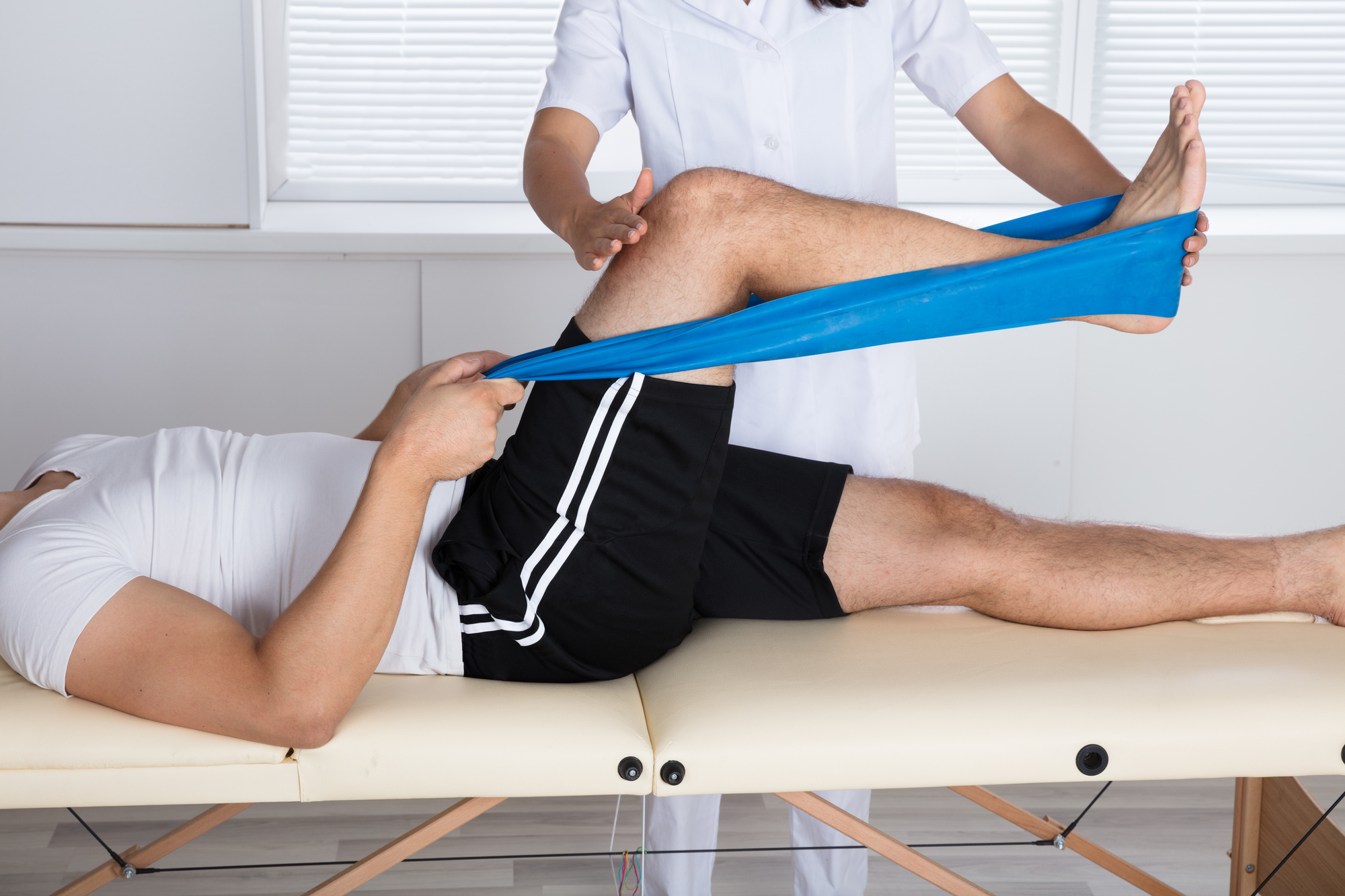In numerous cases, patients with articular discomfort or injuries often experience a decrease in movement. For instance, conditions like arthritis can restrict how much a joint can shift, making it challenging for individuals to execute tasks such as ambulating or climbing stairs. Physical therapists commonly focus on exercises that increase mobility through flexibility work and fortification. These exercises can help reestablish the extent of movement, making it easier for clients to participate in their everyday tasks. Nonetheless, enhancing mobility without accounting for steadiness can result to further injuries, emphasizing the need for a balanced approach.

Stability is just as important in rehabilitation. When a articulation lacks steadiness, it becomes more susceptible to harm during activity. For instance, an wobbly knee joint can lead to strains or tears while running or jumping. To improve stability, rehabilitation specialists may integrate exercises that fortify the muscles around the articulation. These exercises help reinforce the joint and avert excessive motion that could lead to harm. By focusing on both range of motion and stability, therapists can provide helpful site a holistic treatment plan that meets the unique requirements of each patient.
The interaction between joint movement and control is particularly evident in athletic rehabilitation. Athletes frequently require a high level of both flexibility and stability to execute at their best. For instance, a gymnast needs to have limber joints to perform complex actions while also preserving stability to prevent falls. In sports training, trainers and coaches emphasize the significance of developing both elements to enhance performance and minimize the chance of injuries. This method ensures that athletes can perform effectively while maintaining their joints protected during strenuous activities.
In conclusion, understanding the relationship between articular mobility and control can lead to better outcomes for clients in various environments, from rehabilitation centers to athletic conditioning centers. By promoting both elements, healthcare professionals can help clients recover their strength and assurance. This balanced approach not only helps in rehabilitation but also arms people with the tools they need to avert future injuries. As studies continues to blog advance in this field, the importance of combining mobility and stability in care plans will remain a key priority for improving patient care and general health.